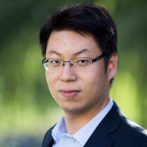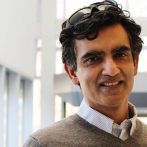A team of researchers from across the University of Michigan (U-M) converge on the subject of aggressive behavior of cancer cells to better understand why and how they grow and spread.
Cancer cells have shown large amounts of heterogeneity within a single tumor and metastases proving to be more drug-resistant and fatal. Cancer cell biologists at U-M observed competition among cancer cells as some fought to grow and would end up metastasizing, though some subpopulations of cancer cells would stay even though they appear less able to grow and spread. This prompted the hypothesis that cancer cells may actually collaborate under some circumstances to cause disease and not just compete.
“While cells are biological entities, their behavior still has to obey the laws of physics. At the same time, cells also cooperate and compete as individuals and within teams. By combining methods from both physics and AI, we seek to better understand, describe, and predict the behavior of cancer cells. The results from this work can aid the design of more effective interventions and therapies,” said Garikipati.
This collaborative team consists of researchers from radiology, microbology and immunology, chemical engineering, electrical engineering and computer science, and two members from mechanical engineering. Krishna Garikipati, professor of mechanical engineering, is in charge of bridging new artificial intelligence (AI) methods supported by mechanical principles to describe cell behavior. Xun (Ryan) Huan, assistant professor of mechanical engineering, is inferring physics-based models that govern cell behavior using real-life biological cell dynamics data.
“It is very inspirational to see how principles of mechanical engineering are applicable and highly useful even in disciplines that are not conventionally engineering. We embrace a multidisciplinary approach and diverse teaming to tackle big engineering and science problems,” said Huan.
Read more details about their research and the Keck Foundation grant here.

